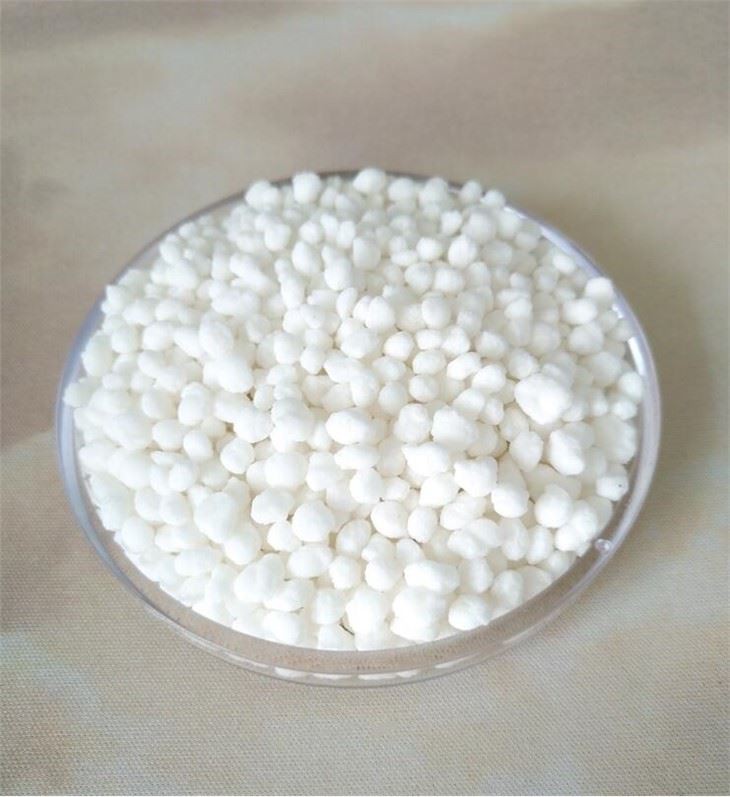



red lead uses
The Versatile Uses of Red Lead A Historical and Industrial Overview
Red lead, or lead tetroxide (Pb3O4), has a rich history and an array of applications that have made it an important compound in various industries. Known for its vibrant red pigment, red lead has been utilized for centuries in a multitude of ways, from traditional artistic applications to modern industrial uses. This article explores the diverse applications of red lead, its historical significance, and the safety considerations associated with its use.
Historical Significance
Red lead has a long-standing association with ancient civilizations. It is believed that the Egyptians were among the first to use lead compounds as pigments in their artwork and cosmetic formulations. The mesmerizing red color derived from red lead made it a popular choice for tomb paintings and decorative arts. The ancient Romans also recognized the value of red lead as a pigment, incorporating it into frescoes and mosaics that adorned their grand structures.
Throughout the Middle Ages and into the Renaissance, red lead continued to be favored by artists for its opacity and color stability. It was commonly used in oil painting, offering rich hues and vibrant tones. Artists such as Titian and Rembrandt utilized red lead to create depth and warmth in their masterpieces, solidifying its place in the world of fine arts.
Industrial Applications
In addition to its artistic uses, red lead has become an essential component in various industrial applications. One of its most significant roles is in the production of lead-based paints and coatings. Red lead oxide provides excellent corrosion resistance, making it an ideal choice for protecting metal surfaces, particularly in marine environments. Ships, bridges, and industrial machinery often benefit from the protective coatings derived from red lead, ensuring durability and longevity.
Moreover, red lead is employed in the manufacturing of batteries, specifically lead-acid batteries, which are commonly used in vehicles and uninterruptible power supplies (UPS). The compound acts as an essential component in the battery's electrolyte, facilitating the electrochemical reactions necessary for energy storage and discharge. This application highlights red lead's significance in harnessing energy for modern technology.
red lead uses

Other Uses
Red lead is also utilized in glass and ceramic manufacturing. It enhances the optical properties of glass, contributing to its clarity and brilliance while also improving its resistance to thermal shock. Similarly, in ceramics, red lead acts as a flux, lowering the melting point of raw materials and promoting better fusion during firing processes.
In the realm of electronics, red lead is used in the production of semiconductors and other electronic components. Its unique properties help in improving the efficiency and performance of these devices. Moreover, red lead serves as a stabilizer for various plastics, ensuring their durability and resistance to degradation.
Safety Considerations
Despite its wide-ranging applications, the use of red lead has raised significant safety and environmental concerns due to lead's toxic nature. Prolonged exposure to lead can pose serious health risks, including neurological damage, developmental disorders in children, and adverse effects on reproductive health. As a result, many countries have implemented strict regulations on the use of lead compounds, including red lead.
In contemporary practice, industries are exploring alternatives to mitigate the risks associated with lead exposure. Modern formulations often incorporate safer substitutes, particularly in paints and coatings. Additionally, emphasis on recycling and proper disposal of lead-containing products helps minimize environmental impact.
Conclusion
Red lead remains a compound of considerable importance across various sectors, bridging art, industry, and technology. From its historical significance in ancient civilizations to its modern industrial applications, red lead showcases versatility and utility. However, awareness of the health and environmental implications associated with lead is essential for ensuring safe use. As industries continue to innovate and prioritize safety, the future of red lead may involve a careful balance between leveraging its benefits and addressing its risks.
-
Why Sodium Persulfate Is Everywhere NowNewsJul.07,2025
-
Why Polyacrylamide Is in High DemandNewsJul.07,2025
-
Understanding Paint Chemicals and Their ApplicationsNewsJul.07,2025
-
Smart Use Of Mining ChemicalsNewsJul.07,2025
-
Practical Uses of Potassium MonopersulfateNewsJul.07,2025
-
Agrochemicals In Real FarmingNewsJul.07,2025
-
Sodium Chlorite Hot UsesNewsJul.01,2025










